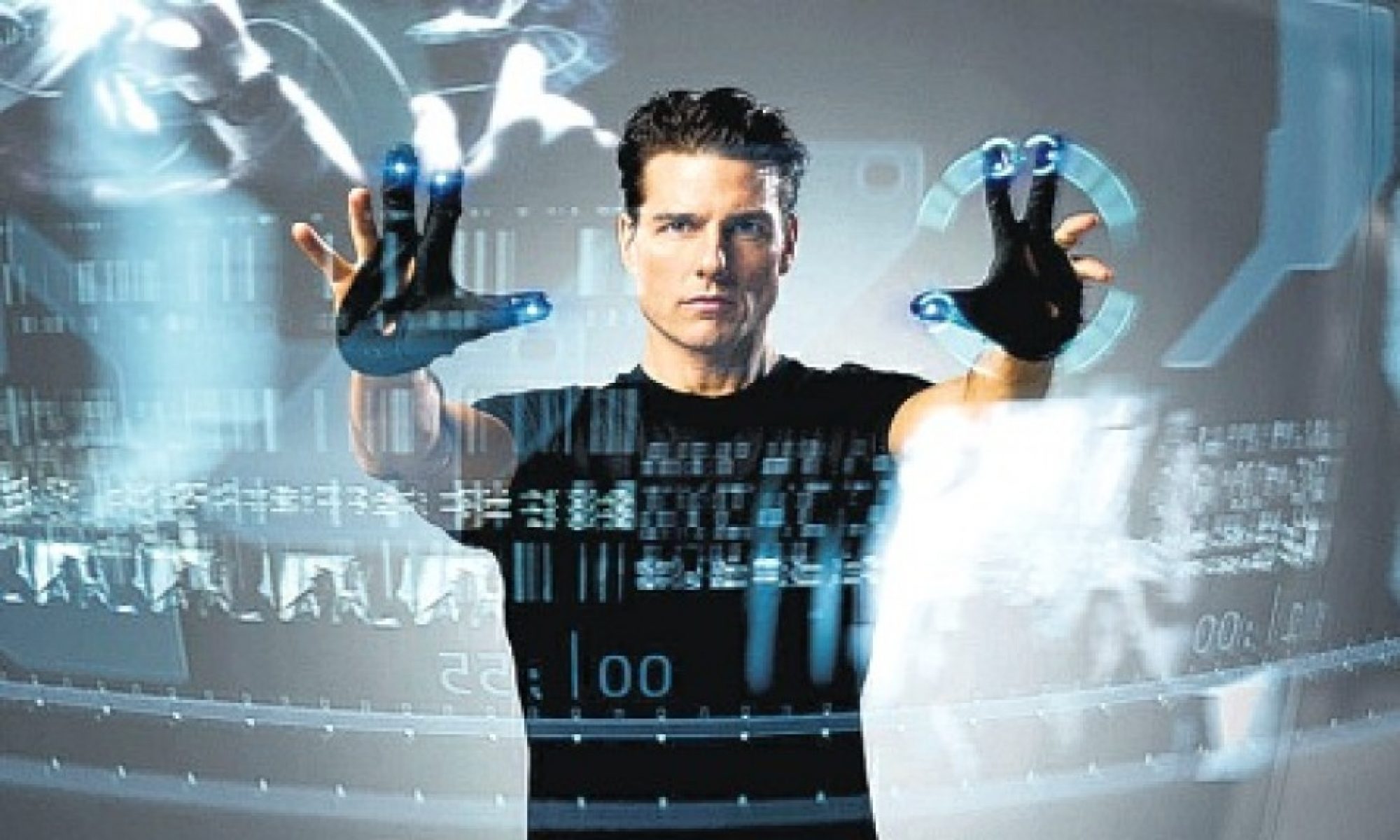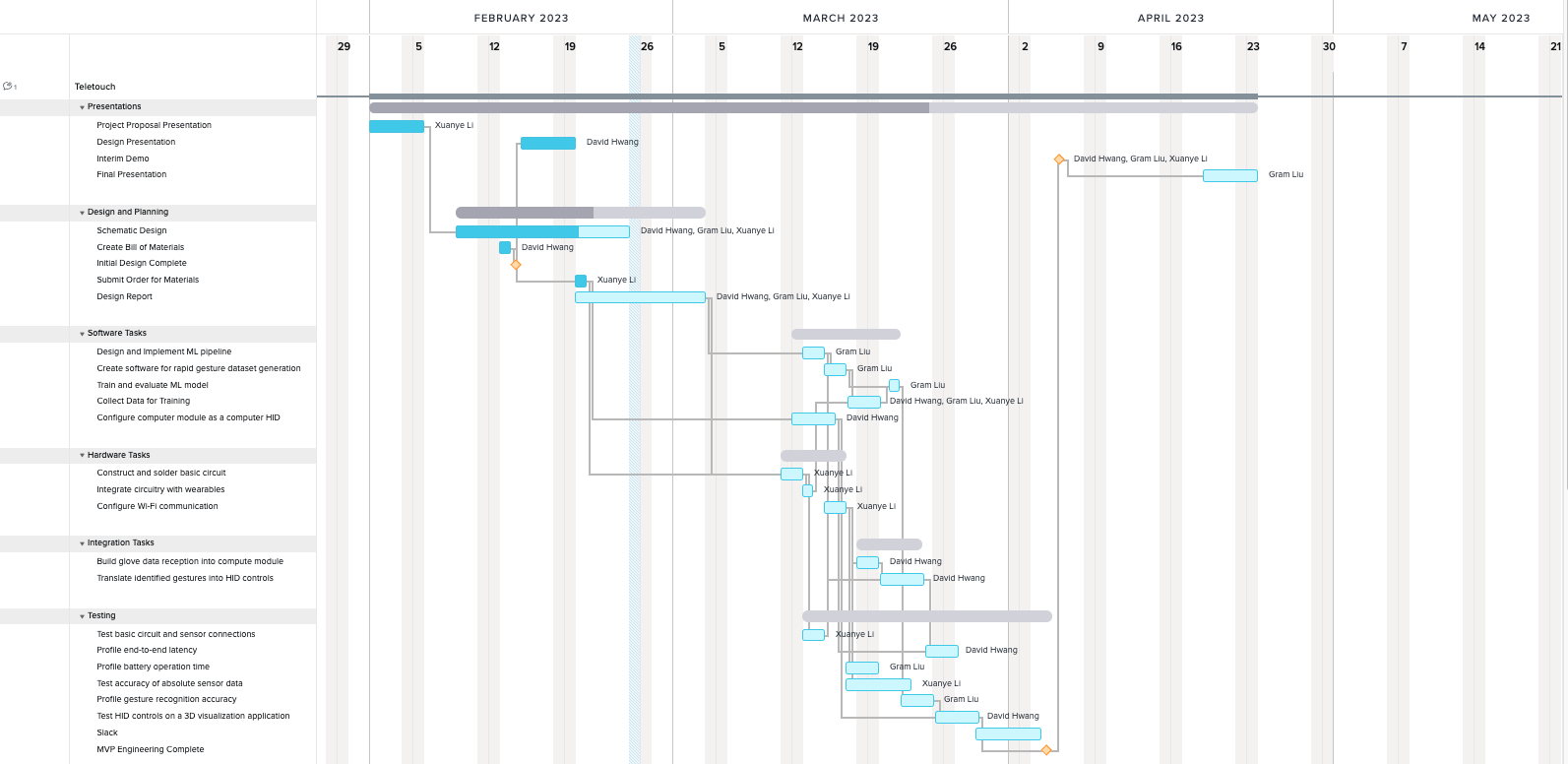What did you personally accomplish this week on the project? Give files or
photos that demonstrate your progress. Prove to the reader that you put sufficient effort into the project over the course of the week (12+ hours).
This week, I helped prepare the slides for the design presentation and started working on the design report, incorporating some of the feedback we received from the design presentation.
Is your progress on schedule or behind? If you are behind, what actions will be taken to catch up to the project schedule?
We’re slightly behind based on our original schedule, but also a lot of the tasks we had originally listed were allotted more time than they actually needed. We updated our Gantt chart to reflect this which puts us back on schedule.
What deliverables do you hope to complete in the next week?
I will continue working on the design report with the rest of my team and finish it by then. Additionally, I’ll work on assembling the ML pipeline so we can start testing and collecting training data.





